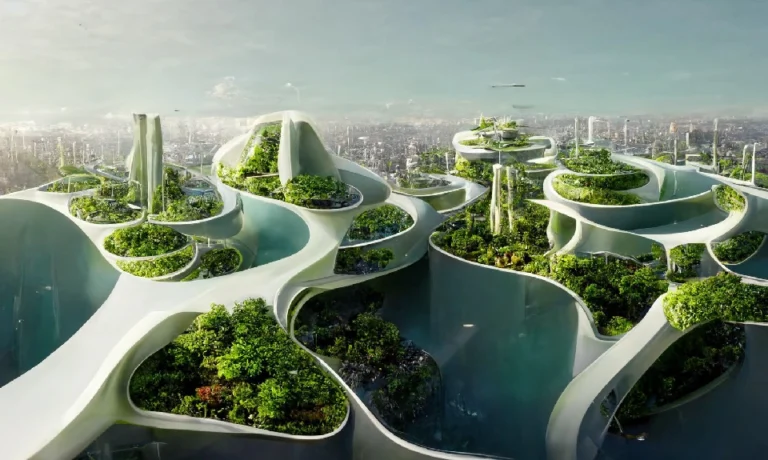Future of Architects: How AI is Reshaping the Architectural Landscape

Future of Architects?
AI's Growing Influence in Architecture:
[Also read: The Pros and Cons of Pursuing a Career in Architecture: Analysis ]
Examples of AI in Action:
The Evolving Skillset of the Architect:
The Future of AI in Architecture:
The integration of AI into the architectural workflow is still in its early stages, but its potential impact is undeniable. As AI technology continues to evolve and become more sophisticated, we can expect to see even more transformative applications emerge, shaping the future of design, construction, and the built environment we inhabit.
In conclusion, AI is not a replacement for architects, but rather a powerful tool that can empower them to achieve new heights of creativity, efficiency, and sustainability in their endeavors. By embracing AI and developing the necessary skillset, architects can become the architects of the future, shaping a built environment that is not only functional but also intelligent, responsive, and human-centric.